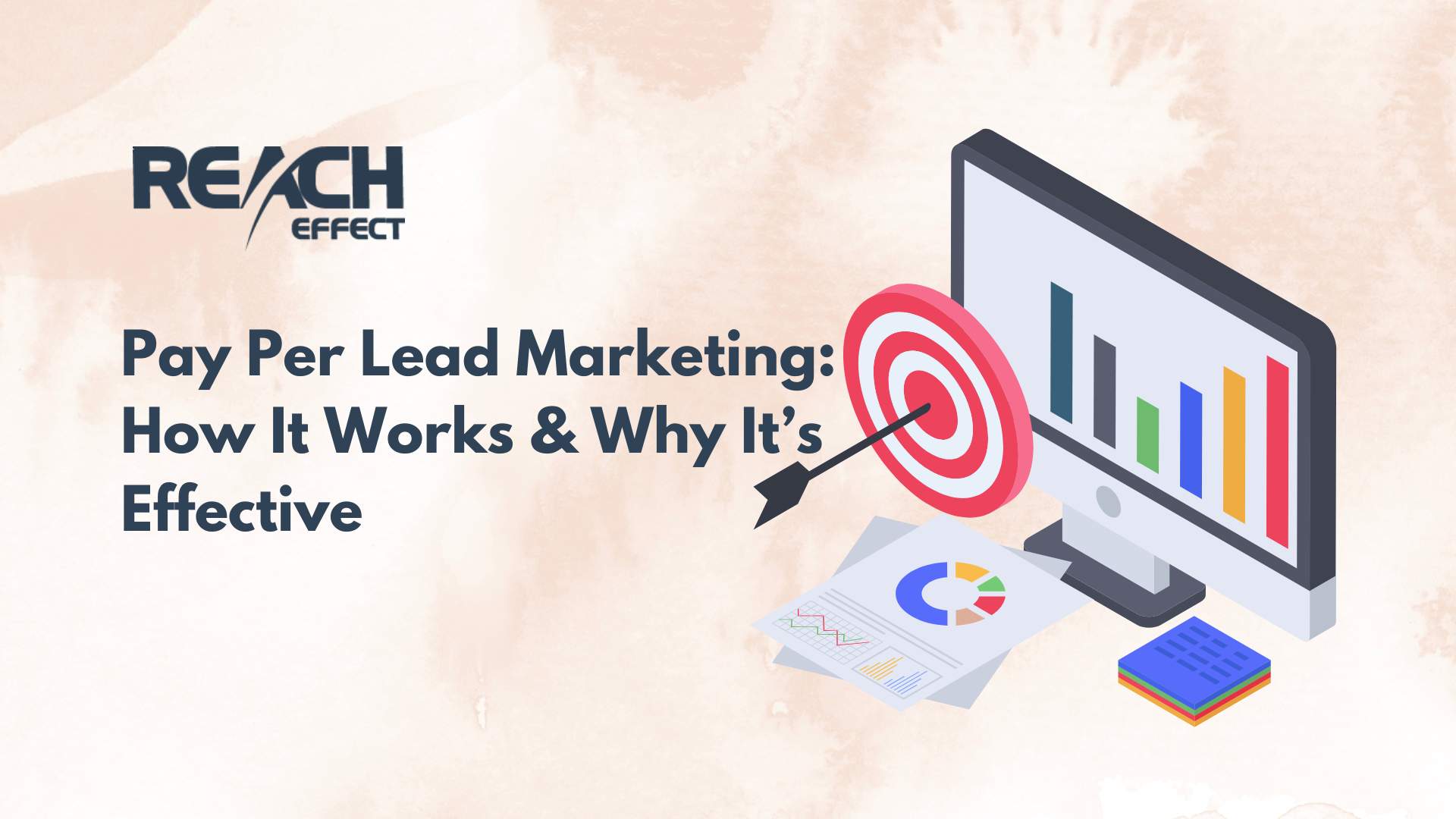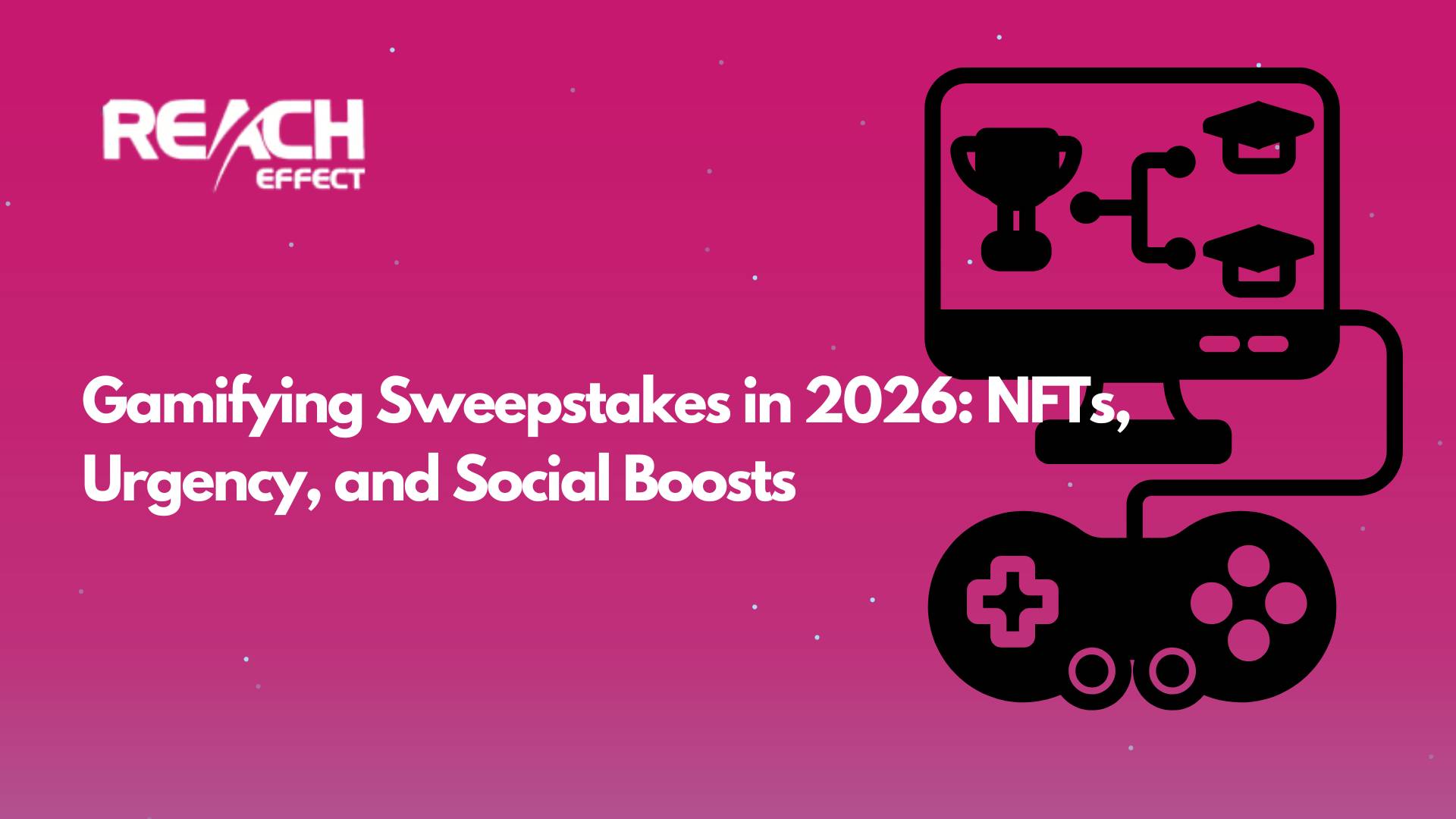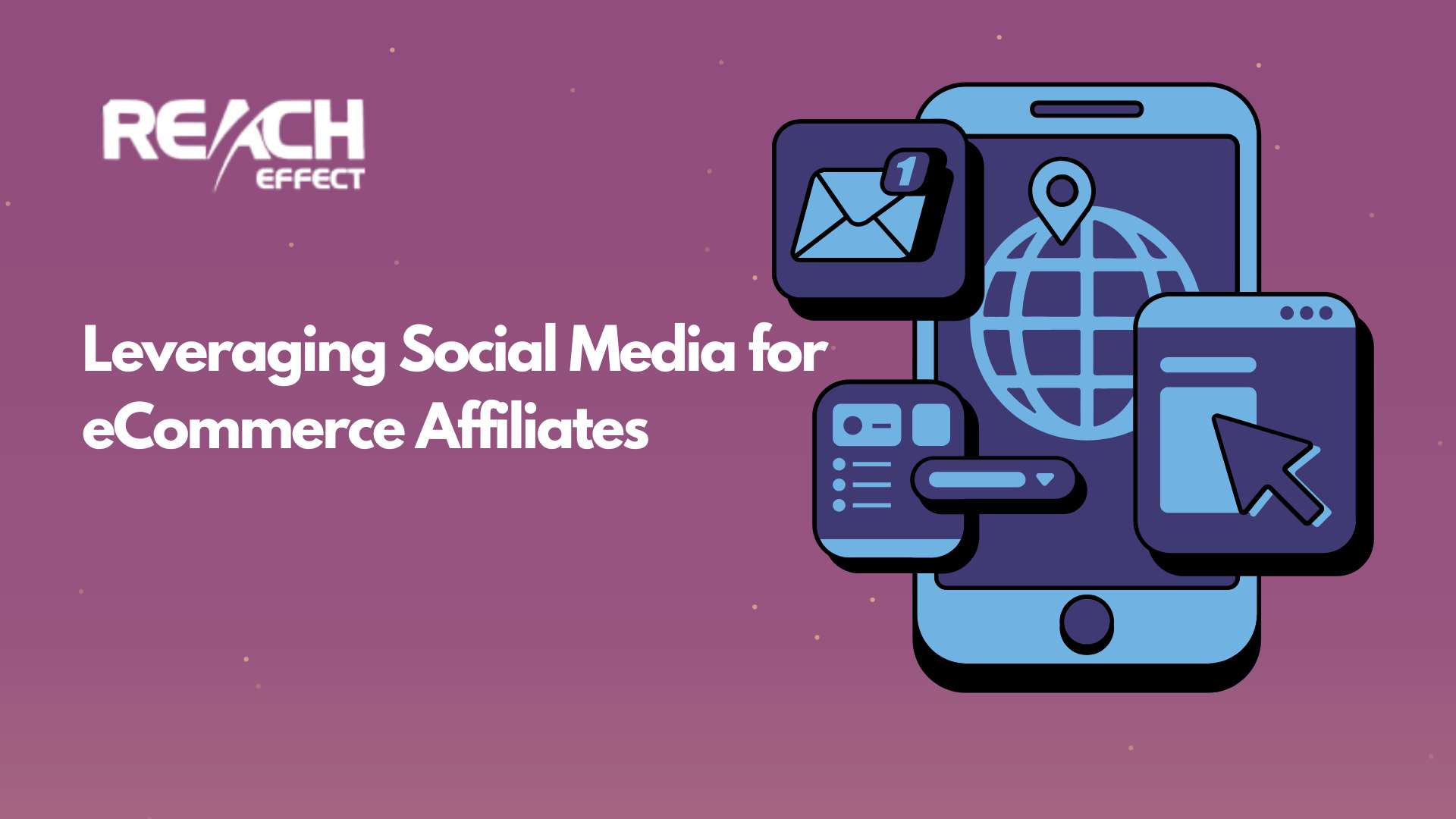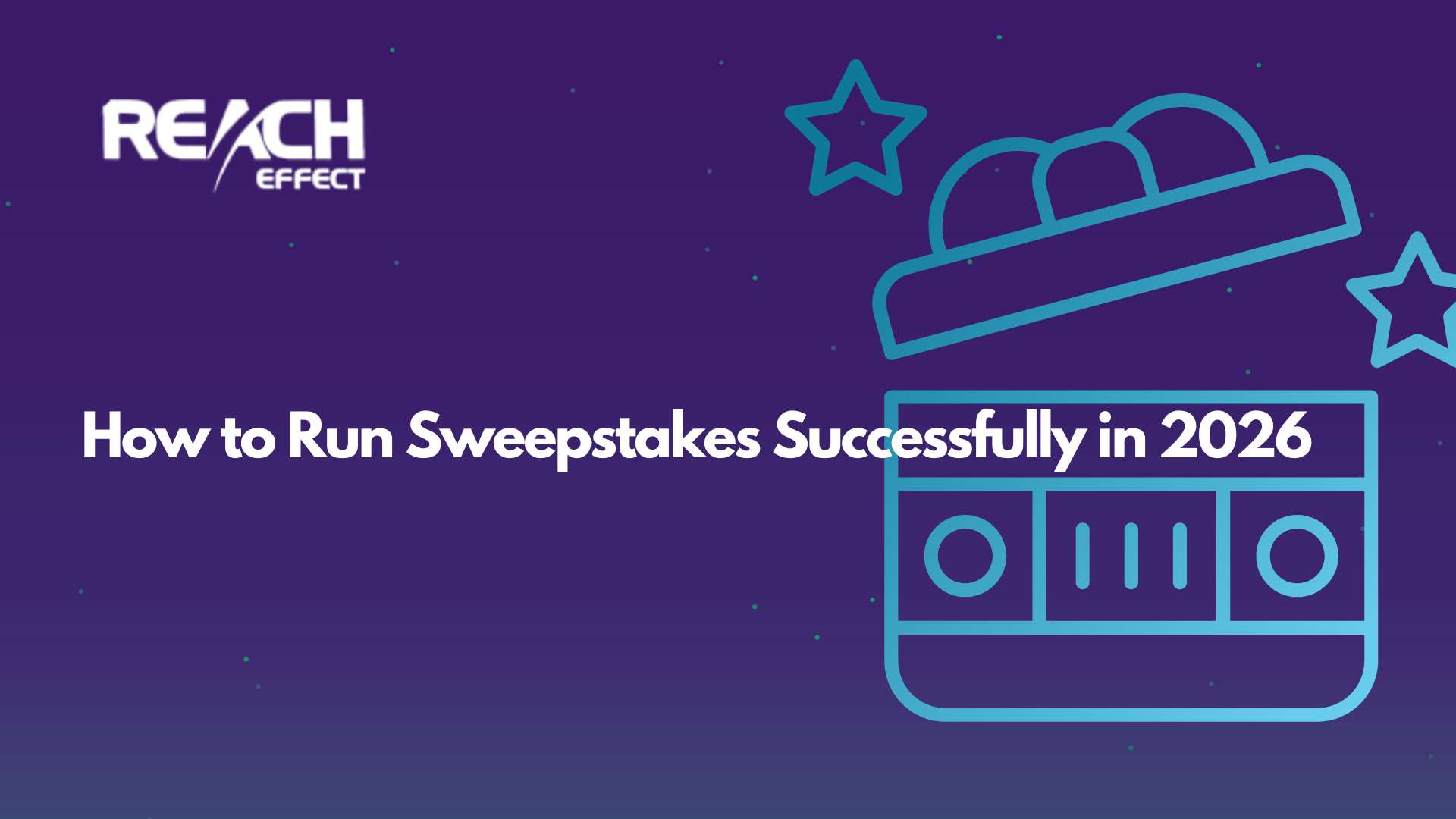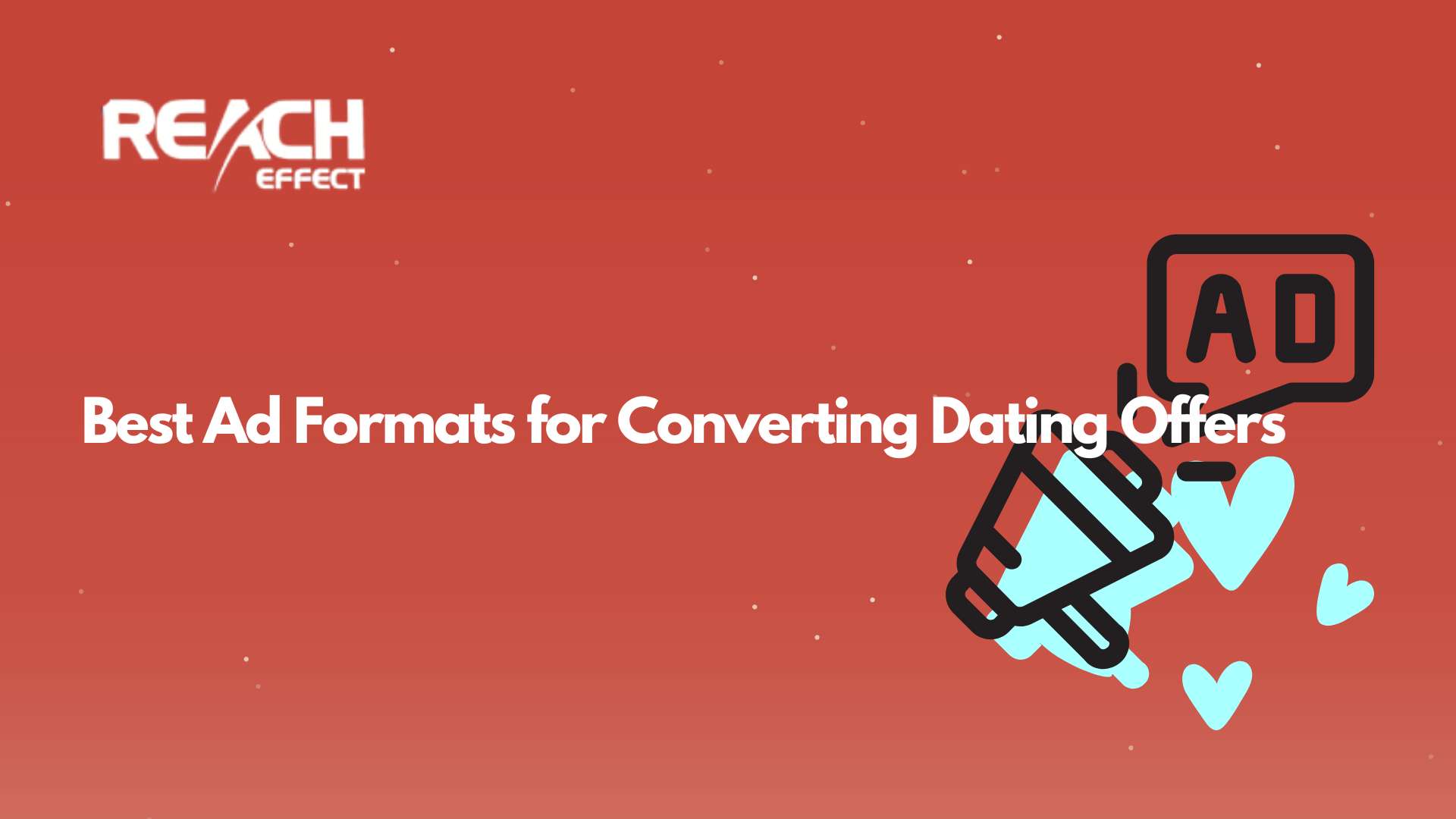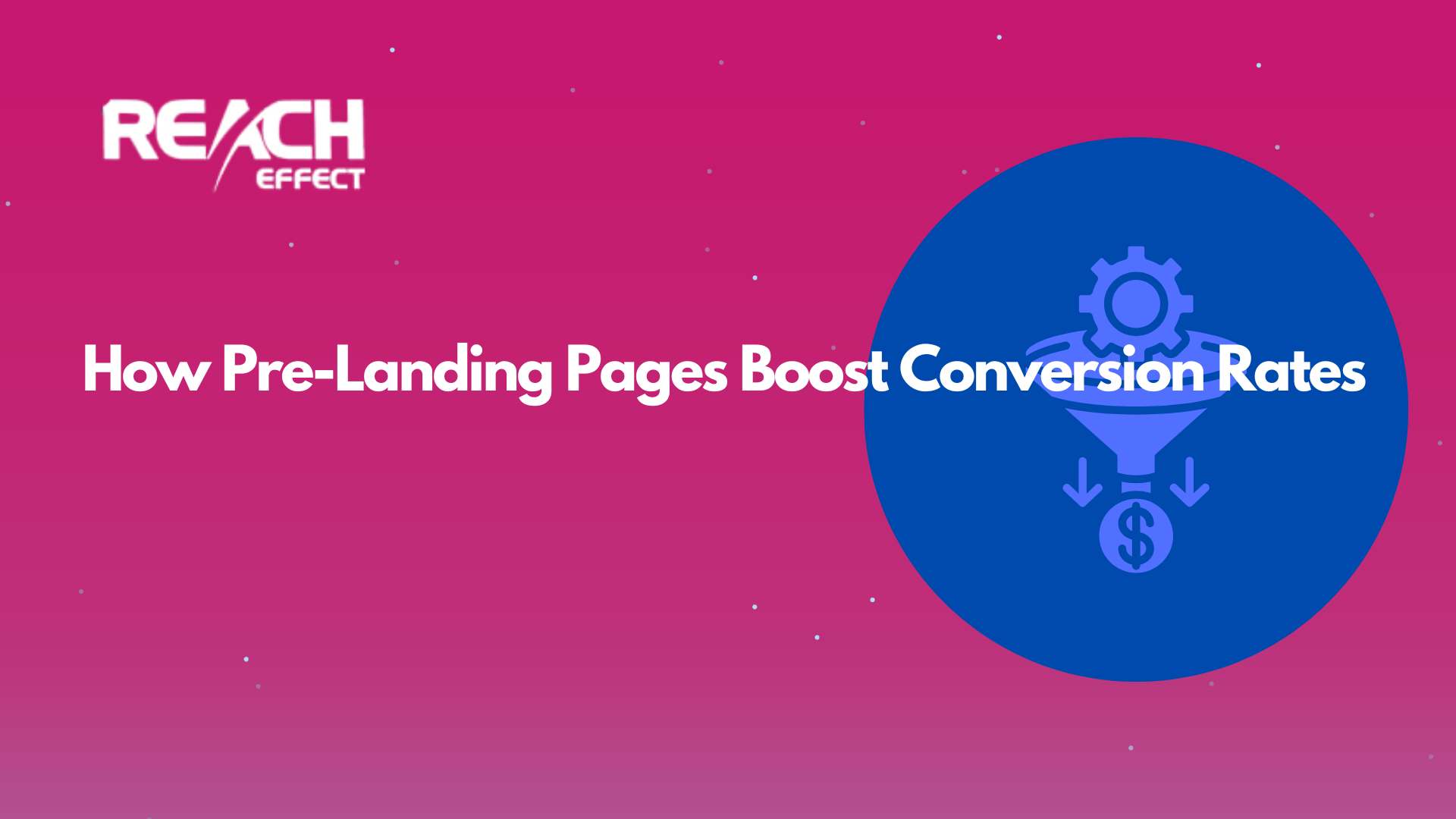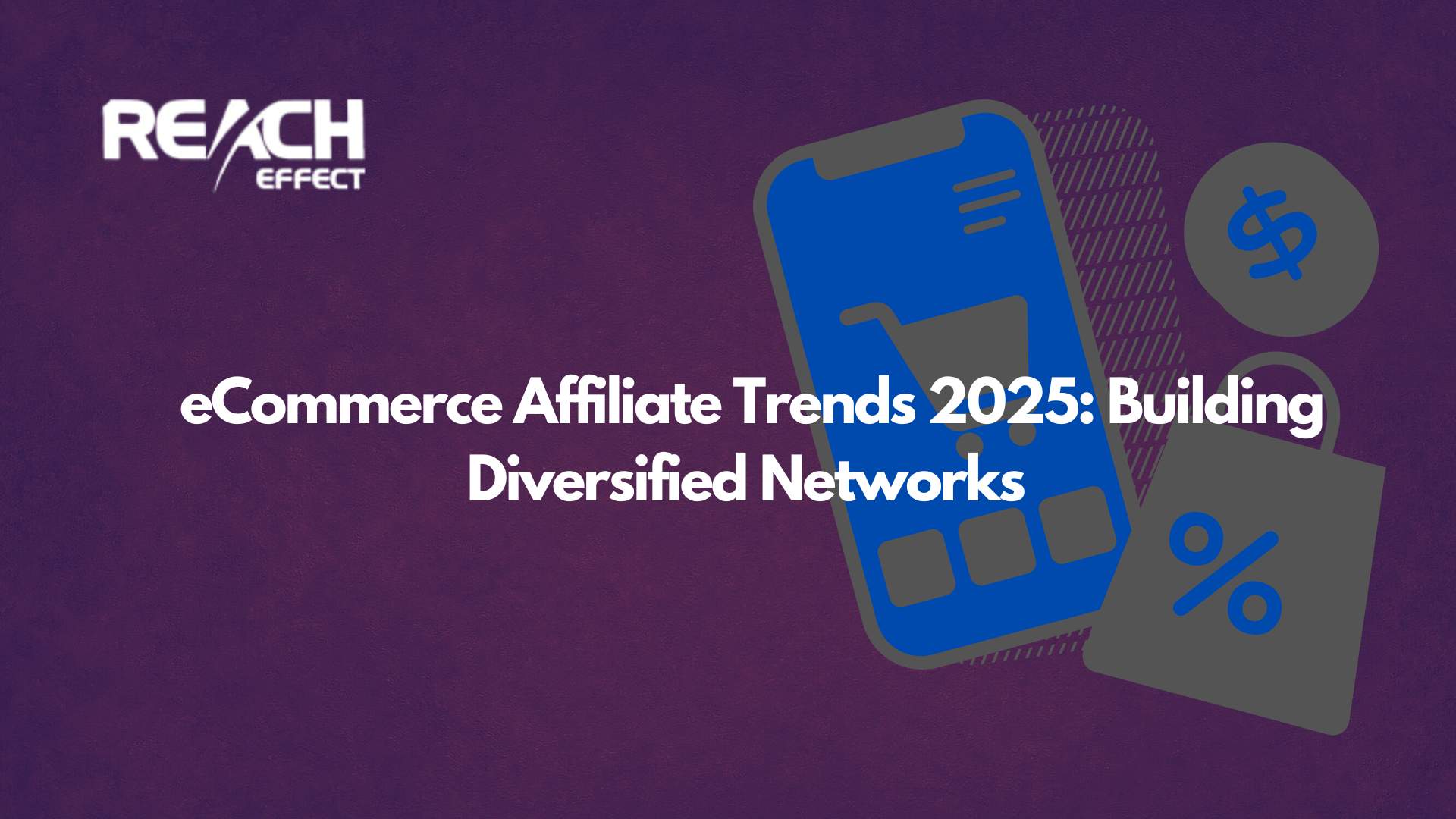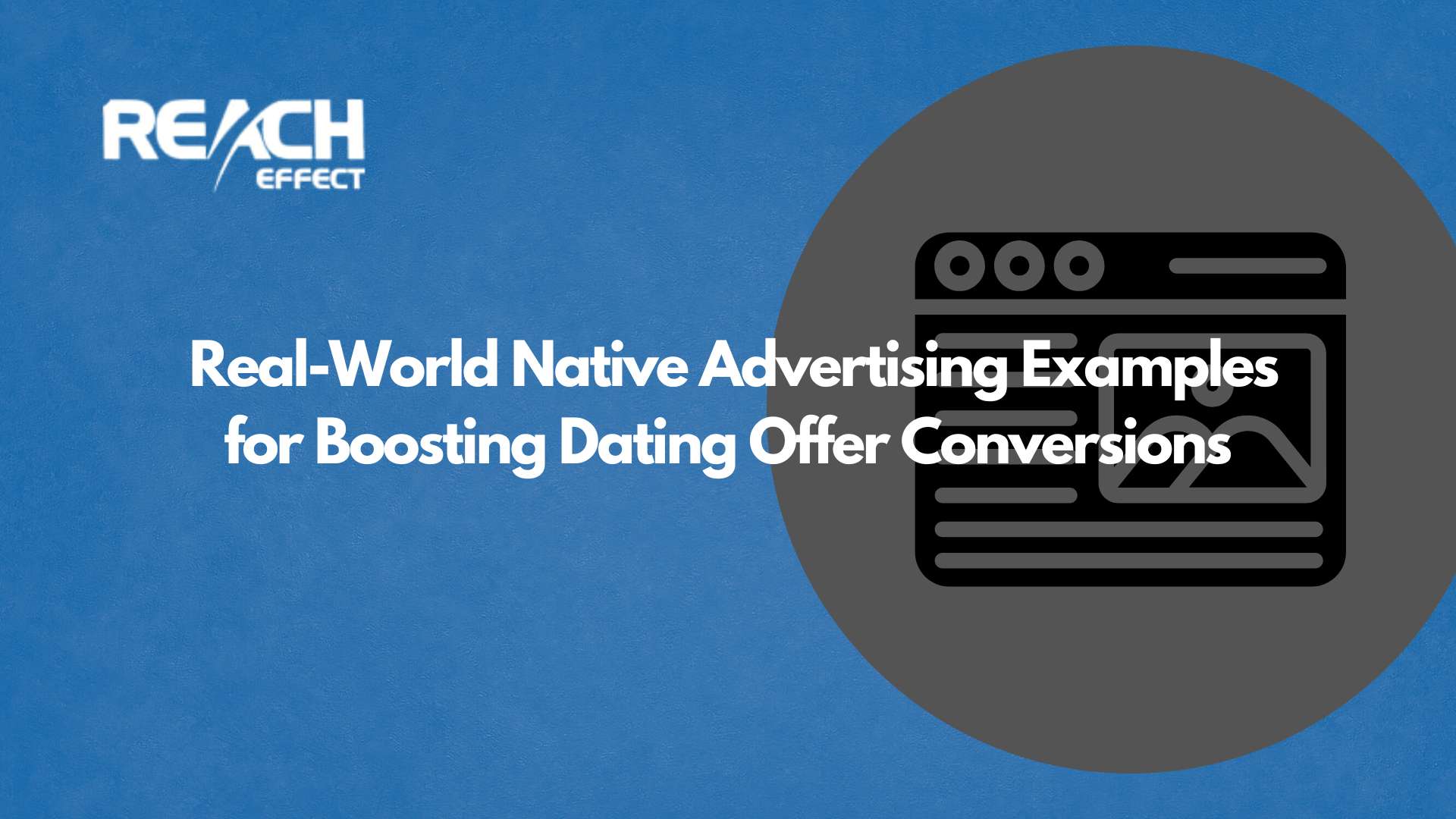Tired of spending money on ads that don’t bring in real customers? You’re not alone. Pay Per Lead (PPL) marketing could be the solution. Unlike traditional advertising models, where you pay for clicks or impressions, PPL ensures you only pay for actual leads—people who have shown genuine interest in your product or service. This approach minimizes wasteful spending and focuses on results, making it a powerful strategy for businesses of all sizes.
Thank you for reading this post, don't forget to subscribe!Understanding Pay Per Lead Marketing
Pay Per Lead (PPL) marketing is a performance-based model where businesses pay only for qualified leads rather than clicks or ad views. This sets it apart from Pay-Per-Click (PPC) and Cost-Per-Mille (CPM) advertising, which charge based on engagement rather than results.
What is a Lead?
A lead is any potential customer who has expressed interest in your business. Some leads may be Marketing Qualified Leads (MQLs), who have interacted with your brand but aren’t ready to buy yet, while others are Sales Qualified Leads (SQLs), who are ready to engage with your sales team. Leads can be generated through contact forms, downloads, inquiries, or phone calls.
PPL vs. Other Marketing Models (PPC, CPM, etc.)
Pay Per Click (PPC) advertising charges you for each click, even if it doesn’t turn into a lead. Cost Per Mille (CPM) charges for every 1,000 views, regardless of how many people engage. PPL is different because you only pay for actual leads, reducing wasted ad spend and increasing the likelihood of conversions.
How Pay Per Lead Works: A Step-by-Step Guide
PPL campaigns involve defining your ideal customer, setting up the campaign, and receiving verified leads. First, you need to identify your target audience based on key demographics like age, location, and interests. For B2B businesses, industry and company size may also play a role in defining the right customer.
Once your ideal customer profile is established, you work with lead generation platforms to create a campaign. You define what makes a lead qualified, set a budget, and track performance. Leads are generated through content marketing, paid ads, and landing pages. A good PPL provider ensures quality control by verifying leads before sending them to you via email or CRM software.
Benefits of Pay Per Lead Marketing
PPL is an efficient way to generate high-quality leads while maintaining control over costs and targeting.
Improved ROI and Cost-Effectiveness
Since you only pay for actual leads, PPL eliminates wasted spending on ads that don’t convert. Traditional advertising models can rack up costs without guaranteed results, whereas PPL ensures that every dollar spent goes toward potential customers.
Scalability and Predictable Lead Flow
PPL campaigns can be adjusted to match your business’s growth. If you need more leads, you can scale up your campaign, and if you need to slow down, you can reduce spending without worrying about long-term ad commitments. This makes budgeting easier and lead generation more predictable.
Implementing a Successful Pay Per Lead Campaign
To get the most out of PPL, focus on lead quality, campaign optimization, and working with the right partners.
Defining Clear Lead Qualification Criteria
Clearly define what makes a qualified lead. Sales and marketing teams should align on this definition to ensure leads are high-quality and ready to engage. The better your qualification process, the better your chances of turning leads into customers.
Continuous Monitoring and Optimization
Tracking performance is essential for a successful PPL campaign. Analyze key metrics like conversion rates and lead cost to refine your strategy. Experimenting with different ad creatives, landing pages, and calls to action can also improve your results over time.
Choosing the Right PPL Partner
Not all lead generation providers offer the same quality. Look for providers with industry experience, transparent pricing, and strong verification processes. A reliable partner will ensure that you receive high-intent leads rather than unqualified prospects.
Conclusion
Pay Per Lead marketing is an effective way to generate high-quality leads while reducing advertising risks. Unlike PPC and CPM, PPL focuses on real prospects rather than just clicks or views. By defining your ideal customer, optimizing your campaign, and choosing a trustworthy lead provider, you can create a predictable and cost-effective lead generation strategy. If you’re looking for a more efficient way to grow your business, PPL is worth considering.

